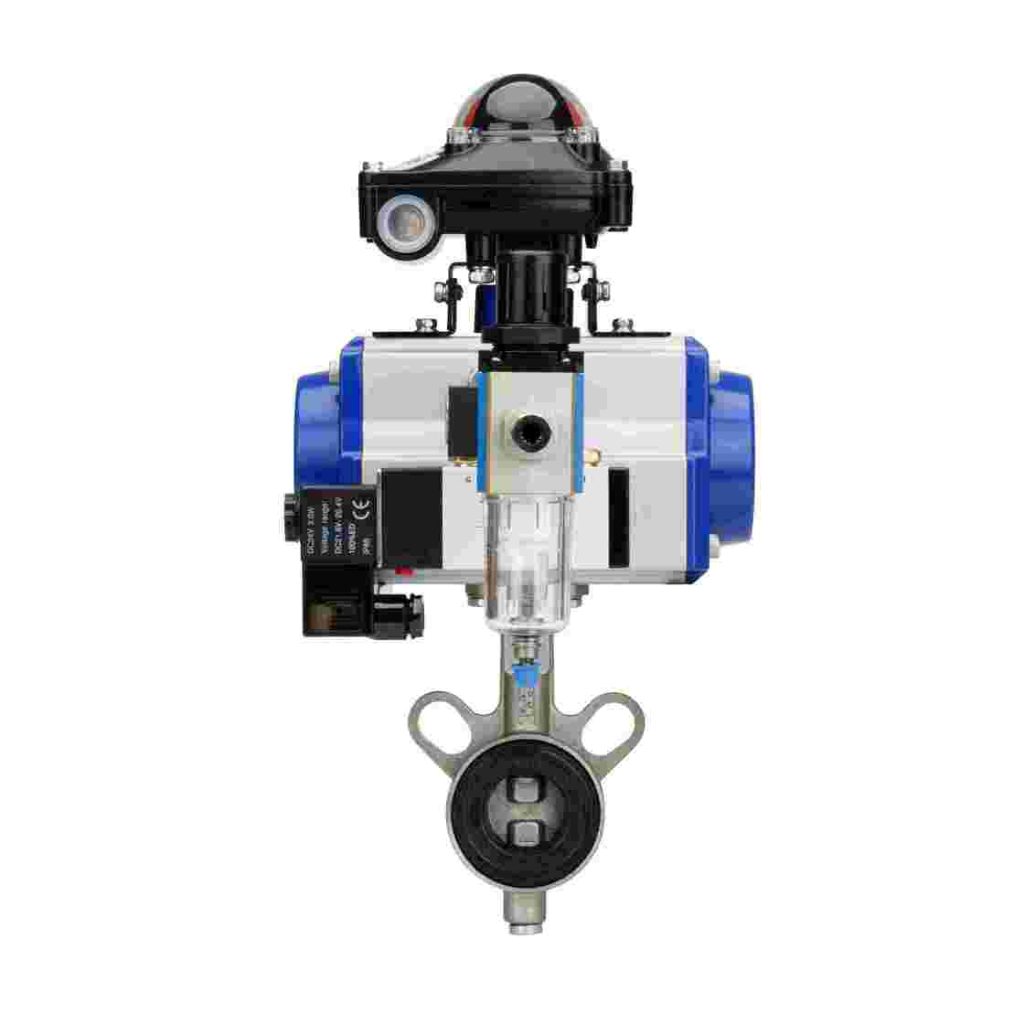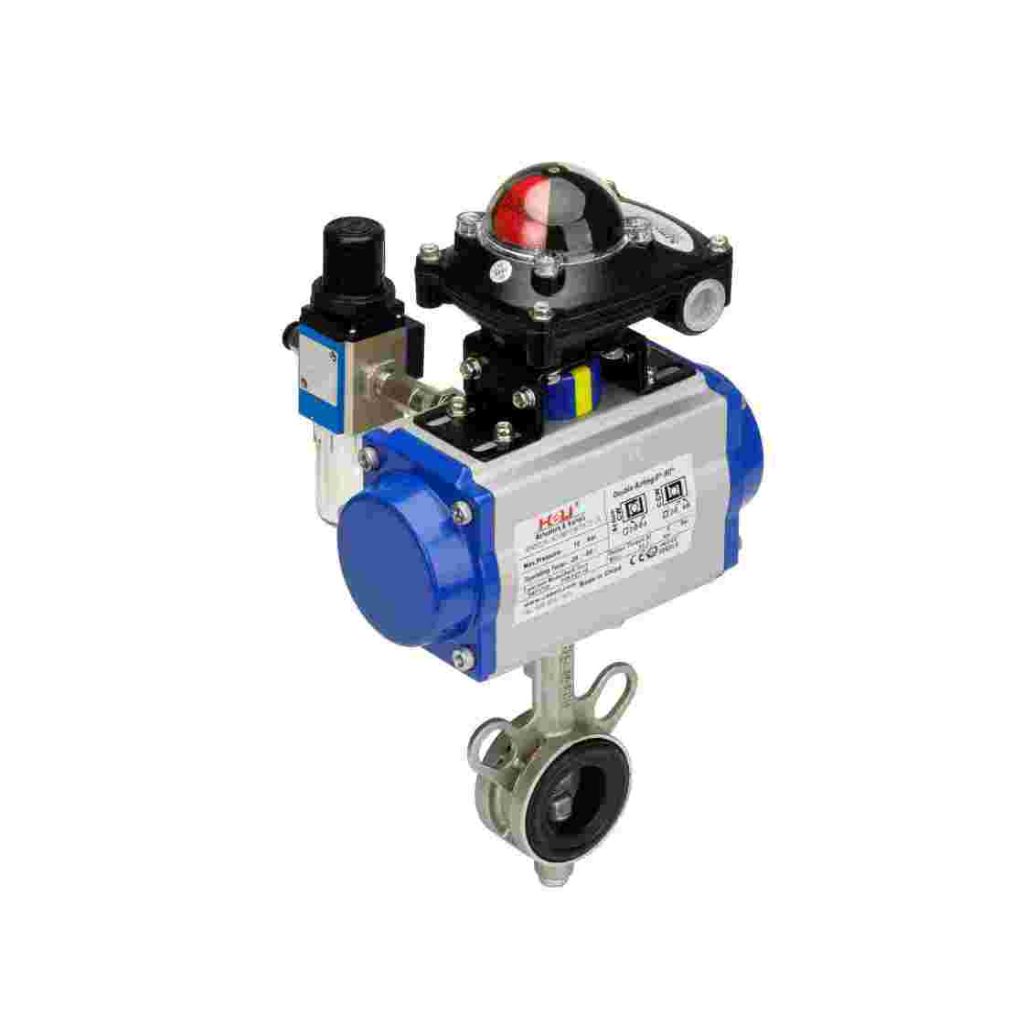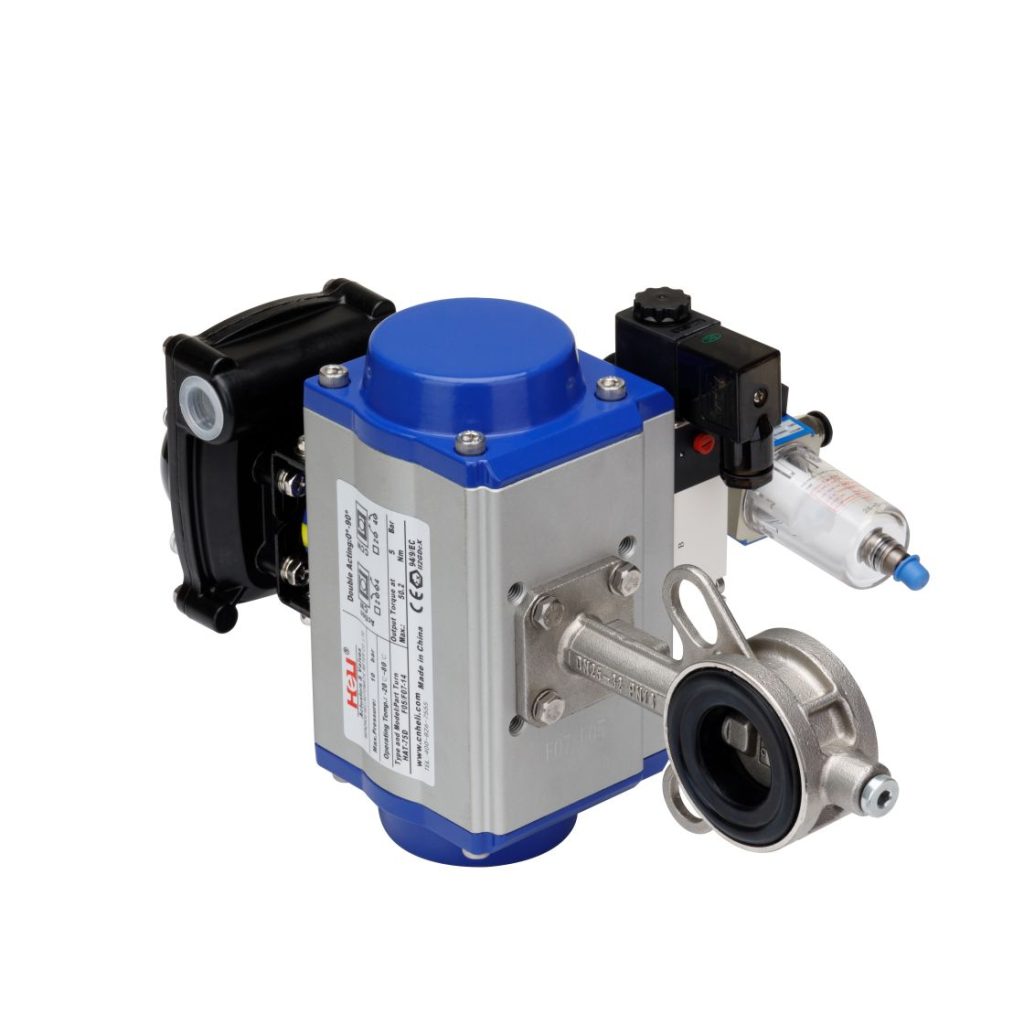In the rapidly advancing world of energy storage and management, lithium-ion batteries have taken center stage due to their high energy density, longer lifespan, and rechargeable capabilities. These batteries are not just powering portable electronics but are also becoming integral in large-scale energy storage systems, including electric vehicles and renewable energy storage solutions. With the increasing complexity and scale of these systems, components such as the Lithium Battery Pneumatic Butterfly Valve are emerging as crucial parts in maintaining efficiency, safety, and operational control.

A pneumatic butterfly valve is a type of valve widely used in fluid and gas control systems. It consists of a rotating disk, or “butterfly,” that opens or closes to regulate the flow of fluids or gases. When it comes to lithium battery systems, these valves play a significant role in controlling the flow of gases, especially in the cooling and venting systems of battery packs.

What is a Lithium Battery Pneumatic Butterfly Valve? A Lithium Battery Pneumatic Butterfly Valve is a specialized valve designed to be integrated into lithium battery cooling systems or safety mechanisms, where precise control over airflow and gas pressure is essential. The “pneumatic” aspect refers to the valve’s operation through pressurized air, which is used to open and close the valve. The “butterfly” refers to the valve’s disk that rotates 90 degrees to regulate fluid or gas flow.
In lithium battery applications, the primary function of this valve is to manage the temperature and prevent overheating of the battery pack by regulating the airflow through the cooling system. Overheating can be a significant risk in lithium-ion batteries, potentially leading to thermal runaway, which can result in fires or explosions. Therefore, precise temperature control is crucial in preventing such dangerous incidents.
